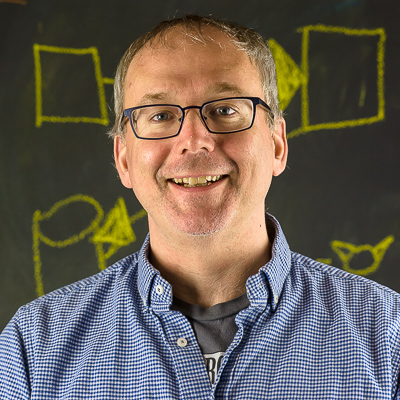Design Research in Local Newsrooms
It’s hard to run a local news organization. Advertising dollars have been siphoned away by social media platforms; audiences have many more choices of where to spend their attention and their money. These times call for creative thinking and reassessment of how local news organizations spend their energy and money.
No matter how challenging things look, advances in information technology offer promise to greatly reduce the cost of certain kinds of information work, which could help a small news organization rebalance its budget and get onto more sustainable footing. These AI-driven automations are meant to improve efficiency and productivity in the creation and distribution of news.
For this Knight Lab Studio project, students will work with Knight Lab faculty and staff to conduct design research on how local newsrooms work and to identify some promising paths for automation that can help these newsrooms adapt and thrive.
Faculty and Staff Leads
Project Details
2023 Winter
Important Questions
- How do local news organizations operate? Where do they spend their resources? Are there inefficiencies in their processes?
- What innovations could help to reduce those inefficiencies?
- Can news organizations afford to implement and maintain these new processes? If not, how can the development and maintenance be structured so the news organizations aren’t giving up too much power and control to the company or cooperative that develops and maintains the system(s)?
- What are potential negative consequences of any proposed innovations? How can those consequences be mitigated or managed?
Sample Milestones
- Week 1-3: Develop a catalog of innovation, in media and other fields which might provide inspiration. Begin breaking down those innovations to understand the technologies and process changes that made a difference. Identify promising technologies, including, but not limited to artificial intelligence (research papers, white papers, websites). Meet the newsrooms we will work with over the quarter. Familiarize yourself with their coverage and resources.
- Week 4-7: Study the newsrooms to better understand how the work gets done. Interview selected stakeholders. If feasible, conduct in-person observation. Conduct ideation exercises based on newsroom and earlier research. Test concepts with stakeholders; iterate on ideation.
- Weeks 8-10: Craft final artifact summarizing research and codifying the process for future newsroom participants.
Outcome
Students who participate in this project will develop a deeper understanding of the challenges and opportunities facing local news organizations. They will develop practical experience with early stage design research methods, including interviewing, observation, and creative techniques to surface new opportunities.

